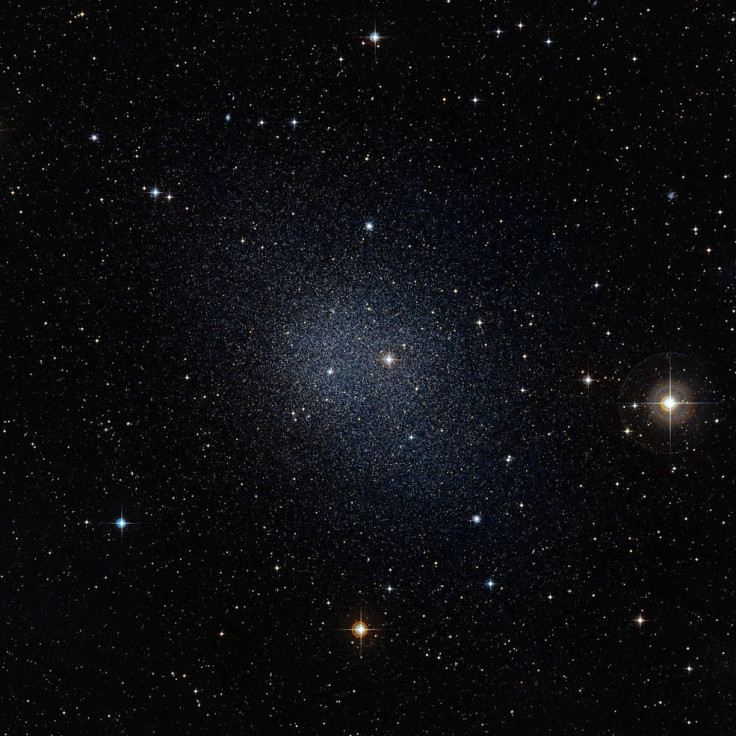Dark Matter Doesn't Cause Disorderly Movement Of Stars In Dwarf Galaxies: Study

An international team of scientists suggested dark matter, the invisible form of matter that is believed to account for approximately 80 percent of the matter in the universe, is not responsible for the disorderly movement of stars in dwarf galaxies surrounding the Milky Way.
Though no direct evidence of dark matter has been detected, the possibility of its existence has grown over the decades, thanks to the strange motion of stars and ionized gases seen in different galaxies. According to scientists, there has to be more than observable matter to explain such dynamics.
Over the years, several discoveries – including that of a galaxy composed almost entirely of dark matter – have indicated the theory of the invisible matter applies to most of the galaxies, including spiral ones like the Milky Way and Andromeda as well as their smaller counterparts named dwarf galaxies.
However, a Franco-Chinese scientific team from the Paris Observatory looked into the latter – dwarf galaxies surrounding the Milky Way – and suggested a different case.
As the gravitational tug exerted by stars on each other is not enough to explain their disorderly agitation in dwarf galaxies around Milky Way, scientists have posited the presence of dark matter. They think the smallest of these small stellar houses could have thousands of times more dark matter than observable matter, maybe attributing to 99.9 percent of their total mass.
However, in the new work, the team took close look at the dynamics of thousands of stars sitting in 17 small galaxies that lie in the halo of Milky Way and demonstrated our galaxy is itself responsible for such motion, rather than the invisible matter or some other cosmic artifact.
The group explained in a release it is the outcome of tidal gravitational effects or the situation where the gravitational pull of one body acts on another. According to their theory, if a dwarf galaxy had an encounter with the halo of our galaxy, the movement of its stars could be a result of Milky Way’s gravitational pull. Such possibility was never considered before these smaller galaxies were considered as satellites orbiting around Milky Way.
The research team added over billions of years after Milky Way’s birth, several small galaxies abundant in cold and neutral gas have had encounters and near passes with our galaxy’s halo, which contains gas heated to over a million degrees. As a result of these encounters, the halo tore through the cold gas of dwarf galaxies and destabilized the orbits of their stars. And when the imbalanced galaxies join the Milky Way, they fall under the complete influence of the galaxy’s gravitational tug, further affecting the stellar motion.
The team believes the probability of their findings being a mere coincidence is less than one in ten billion. More importantly, they believe the same could apply to other massive spiral galaxies like Andromeda.
That said, it is worth noting the work changes what we know about dark matter, but it doesn't suggest the invisible matter is completely missing from these galaxies.
"These new results do not prove stricto sensu (in the stricter sense) the absence of dark matter in dwarf galaxies,” François Hammer, first author of the study, said, "although there is more reason to presuppose its existence in the complete absence of proof."
© Copyright IBTimes 2024. All rights reserved.




















